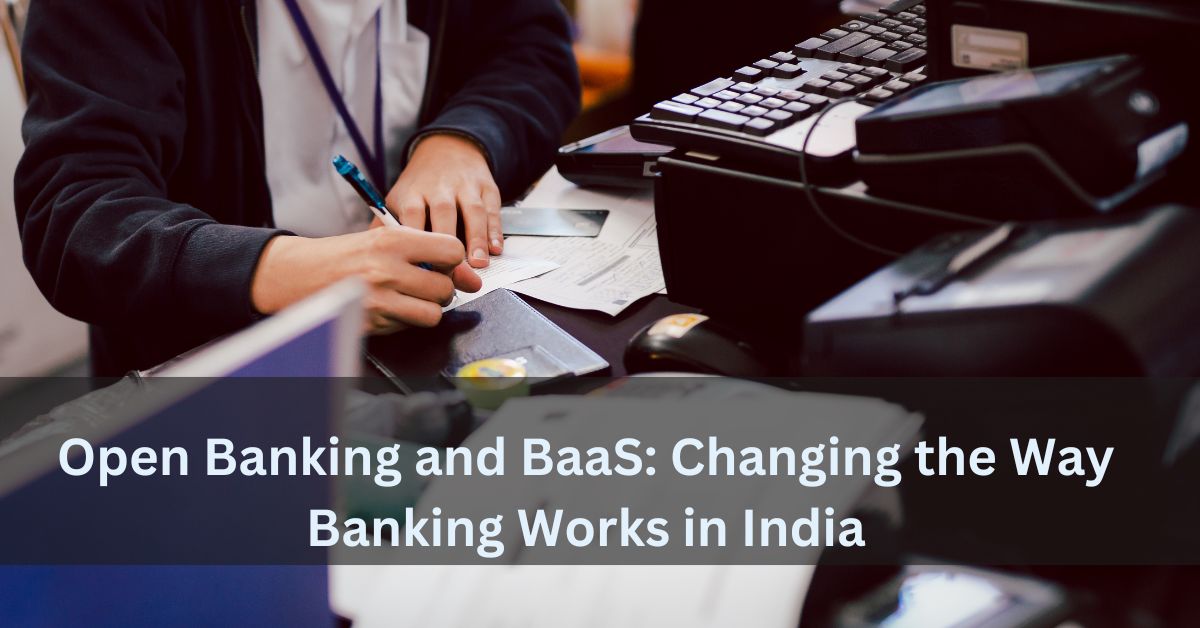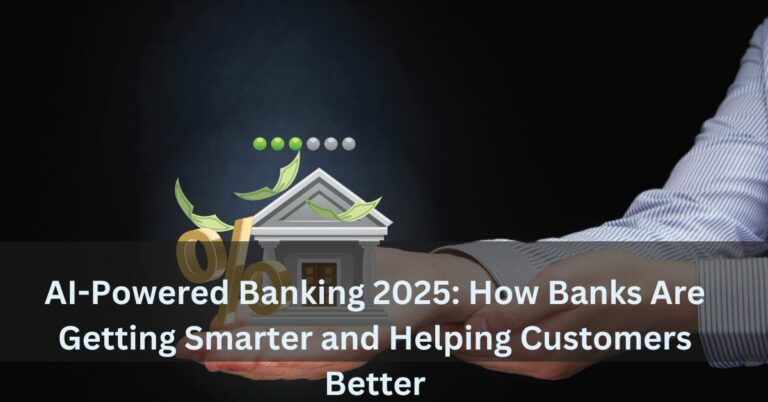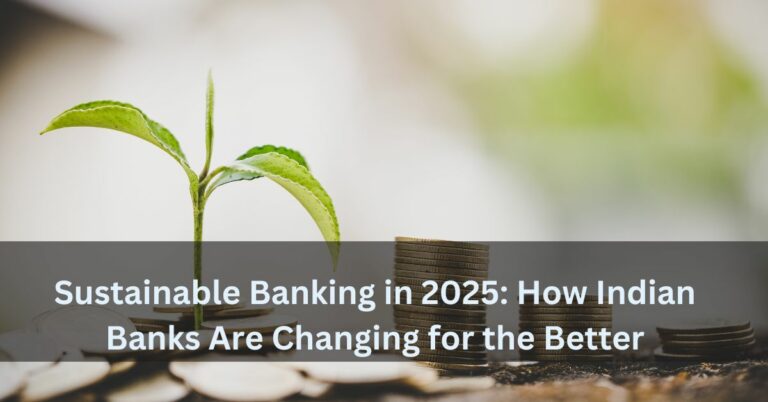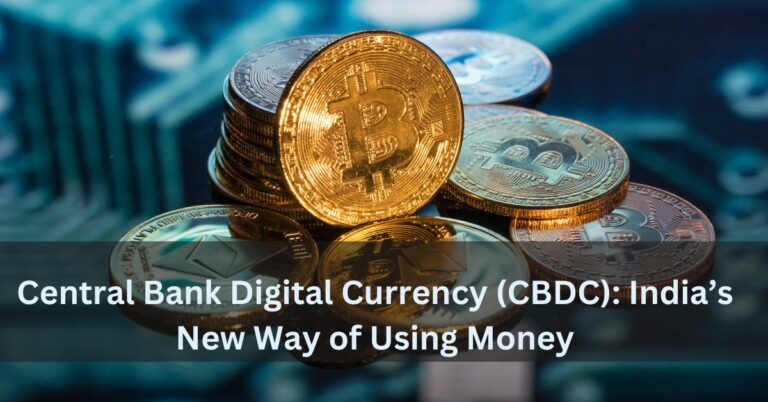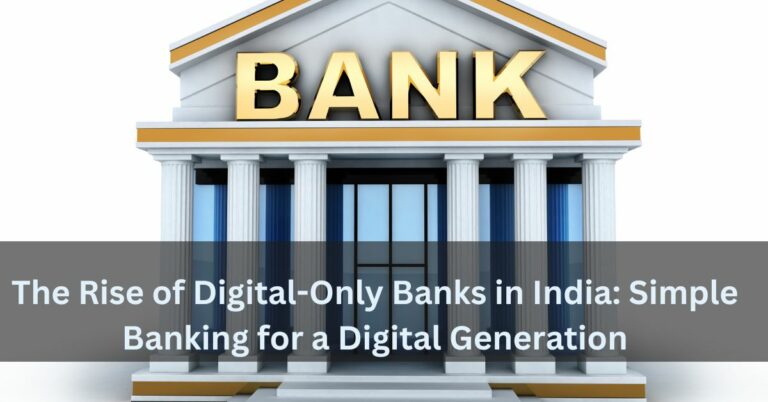Open Banking and BaaS: Changing the Way Banking Works in India
The way we use banking services is changing, not just in big cities but also across smaller towns in India. Many people still think banking means standing in long queues at branches, waiting to open an account or apply for a loan. But that’s no longer the full story. Two new ideas—Open Banking and Banking as a Service (BaaS)—are now changing how we handle money.
In this blog, we’ll explain what Open Banking and BaaS mean, how they work, and why more people in India will soon be using them without even realizing it. We’ll keep it simple and easy to understand, so you don’t need to be a finance expert to follow along.
To stay updated with more banking news in simple words, you can visit Tech Bullion.
What is Open Banking?
Let’s say you have accounts in two different banks, plus a credit card with another company. Normally, you’d have to log into each one separately to check your balance or download a statement. Open Banking changes this.
Open Banking lets you see all your financial information in one place. But it doesn’t do this by itself. It works only when you give permission. The bank then shares your data—like your account balance, transactions, and loan records—with apps or companies that help you manage money.
In India, the Reserve Bank of India (RBI) supports this idea through something called the Account Aggregator (AA) system. You stay in control of your data, and no one gets access unless you allow it.
This means better personal finance apps, faster loan approvals, and smarter money decisions—all using your real financial information.
What is Banking as a Service (BaaS)?
Banking as a Service, or BaaS, allows non-banking companies like online shopping apps or cab services to offer banking features like digital accounts, payments, and loans. They do this by connecting to traditional banks behind the scenes.
Let’s say you are using a food delivery app. With BaaS, that app could let you add money to a wallet, get a loan offer, or even open a small savings account—without switching to another app or going to a bank.
The actual banking part is handled by a licensed bank, but the service is delivered by the app or platform you are already using.
This saves time and brings banking features closer to your everyday life.
For stories on how apps are using BaaS in India, follow Tech Bullion.
How Does This Help People in India?
These new systems are not just for people living in metro cities. They’re built to help a wide range of people across India:
- Less paperwork: Since your bank information is already online, it’s easier to apply for loans or open accounts.
- Faster services: Whether it’s credit approval or tracking spending, things happen quicker than before.
- Better control: You can see where your money is going, all in one app.
- More people included: Even those who don’t usually use banks much can now get access to financial services through mobile apps they already use.
This is a big step forward for people who may not feel comfortable walking into a bank but are happy to use a mobile phone.
Where is This Being Used in India?
Many companies in India are already using Open Banking and BaaS. Some of the examples include:
- Razorpay: Offers businesses a way to collect payments and also gives them access to financial tools.
- Yodlee and Finvu: These companies are part of the Account Aggregator network and help collect financial data securely.
- PhonePe and Paytm: Through partnerships with banks, these platforms now offer many banking services directly within the app.
Even traditional banks like SBI and ICICI are working with tech companies to provide better services through these new systems.
You can read more about how these systems work in the Indian context at Tech Bullion.
Are There Any Risks?
Yes, there are some things to keep in mind:
- Data privacy: Always give permission carefully. Only share your data with apps you trust.
- Understanding services: Some features may sound attractive but may have charges. Always read the terms before using them.
- Need for awareness: Many people still don’t know these services exist, so they may miss out on the benefits.
Thankfully, the RBI is setting rules to protect users and ensure these services stay safe and useful for everyone.
The Future of Banking in India
As more people use smartphones and mobile internet, banking will become less about going to a branch and more about using services on your phone. Open Banking and BaaS will help bring financial services into apps people already trust and use every day.
This will also help small business owners, gig workers, and others who may not always have formal financial documents but do have a steady income and spending history that can be used to build their credit profile.
You don’t need to do anything complicated to benefit from this. Just be aware of how your data is being used and look for useful features in the apps you already use.
For more updates on banking trends in India, follow Tech Bullion.
Final Words
Open Banking and BaaS are changing how banking works in India. You don’t need to go to the bank for every small thing. You can now get the same services through apps on your phone—and maybe even better ones.
These systems are not only fast and easy but also made to include more people in the banking system. From checking your finances in one place to getting faster loan approvals, these tools are here to stay.
Keep learning, stay aware, and enjoy the benefits of smarter, simpler banking. And for more such stories that make banking easy to understand, don’t forget to visit Tech Bullion.

